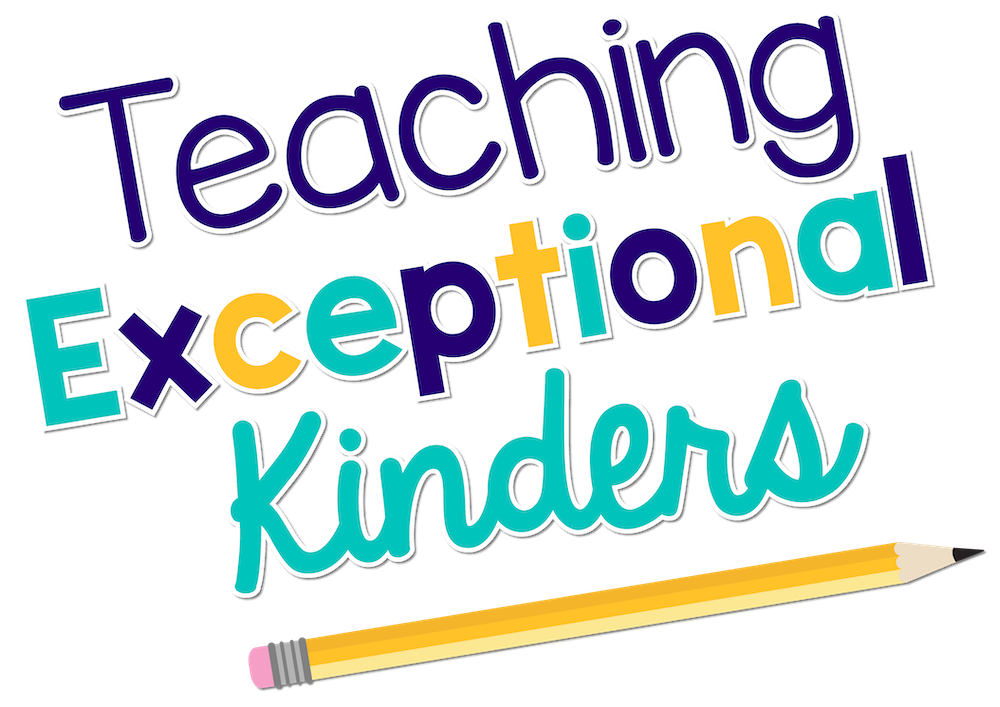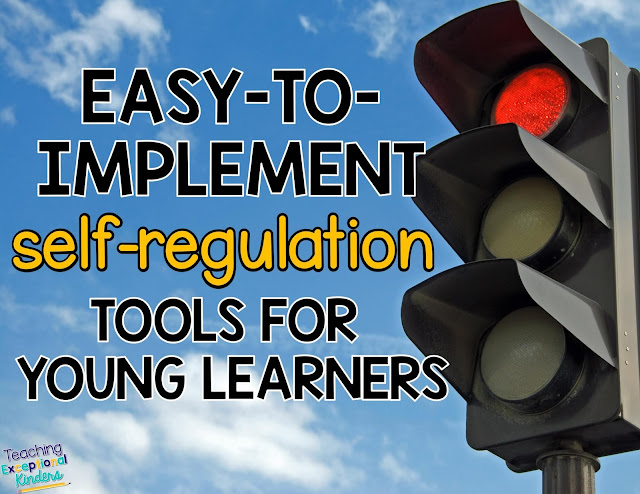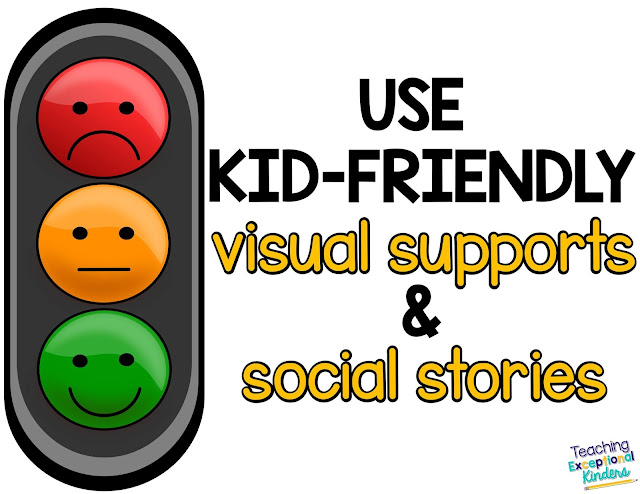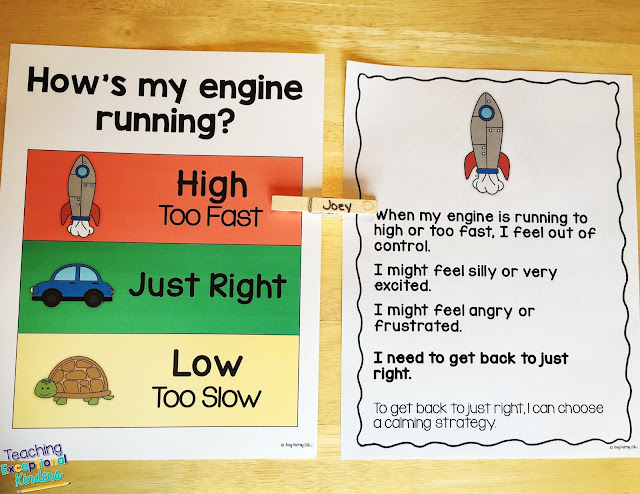Menu
Easy-to-Implement Self Regulation Tools
Facebook
Twitter
Pinterest
Email
Self-regulation skills are often difficult to teach young students. We are seeing students come to school with bigger and more disruptive behaviors than ever before. Often, these children have never been taught how to stay calm in stressful situations. Young children need visuals and concrete examples to help them to understand complex skills like self-regulation. Everyone gets upset from time to time, but some students need to be taught how to cope when feeling upset in the classroom. The good news is there are some easy-to-implement self-regulation tools that are perfect for teaching kindergarten students how to regulate their emotions and behavior choices in the classroom.
Teachers know that self-regulation skills are critical for student success in the classroom but often don’t have the time or resources to properly teach these important skills. Developmentally kindergarten students have trouble understanding how to regulate their emotions and stay calm when presented with a challenging situation. It is important to explicitly teach students the skills they need to successfully self-regulate their emotions in the classroom. You can do that with a few simple steps.
Use Visuals
When teaching any kind of social skills, it’s important to start with strong visual supports to help students to understand. To teach students how to self-regulate, we first must teach students how to identify how they are feeling by using terms that they can comprehend. Explaining that our bodies run similar to a car engine and that sometimes engines run too fast or too slow. Like a car, it’s best when our body engines are running just right.
A color chart can be a helpful visual to show students how their internal body engine is running. Much like a stop light, green shows students they are good to go or just right. Yellow would signal a student is feeling out of sorts. Maybe their engine is running to slow or they are feeling ill. Red shows students their internal engine is running too fast or out of control. If a student’s internal body engine is not just right, he needs tools to help him to get back to feeling just right. It is important for students to check their engine speed or color frequently at first and not only when a student is upset. This will help a student to feel more successful and to be better at identifying his or her emotions.
Use Social Stories
]Social stories are very helpful when teaching social skills to young students. Social stories give students a script to follow to train them to make positive behavior choices. Using a social story to explain what students should do at each engine or color level will give them a script to know what to do when their engine isn’t running just right. Teachers can explain how to get engines back to just right in kid-friendly terms that students are able to read and comprehend.
Another simple-to-use visual can be a break card. When a student is learning coping skills, taking a break can be a great way to remove himself/herself from a situation that causes them anxiety. You can grab my free break cards here. Just print and use!
Self-regulation skills can be tricky to teach young students but using visuals that are kid-friendly explanations will help. If you are looking for a pack of easy-to-implement self-regulation tools and visuals with social stories you can check out my pack here. It has everything you need to get started. Good luck!
Amy
©2024 | ALL RIGHTS RESERVED
SITE DESIGN BY LAINE SUTHERLAND DESIGNS
SITE DESIGN BY LAINE SUTHERLAND DESIGNS
QUICK LINKS
Menu





2 Comments
Hi. Thank you for this site. I’m trying to put together a calming space in the classroom for special ed first graders. Are there any particular social stories you suggest that help them better understand the engine running analogy? Can you email me a response?
Thank you,
Eileen
Hi Eileen,
I sent you an email 🙂
Amy